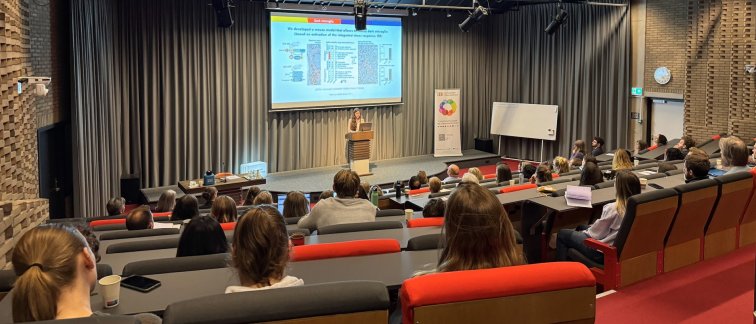explained the changes made for TN2. These included a more diverse team in terms
of career stage, working with annual themes, and fostering translation even further
through exchange during inclusive panel discussions. According to Douw,
“Translation can only happen with an open attitude.” She encouraged all
participants to join the conversations with an open and curious mind.
Marie-Ève Tremblay, Professor at the Division of Medical Sciences, University of Victoria, was the first keynote speaker to enter the TN2 stage. Her enthusiasm took the audience along the different ‘flavours’ of microglia, from the nomenclature (the old view vs. the new view), to cellular diversity, and a deeper dive into dark microglia. It’s good to see the exponential growth of microglial research. Tremblay addressed: “Microglia are increasingly seen as a diverse cell community with subtype-specific roles in homeostasis and distinct responses to environmental, lifestyle, and pathological challenges across the lifespan.” She went on to explain how her team studied dark microglia in post-mortem human brain samples and found them to be more abundant in patients with Alzheimer’s disease compared to matched controls. Tremblay also highlighted the rising number of clinical trials involving microglia, concluding with excitement: “Microglia could be part of the future of neurological health.”
Natalia Goriounova, Associate Professor at VU Amsterdam, followed with a presentation on human neurons, their complexity, and their relation to human intelligence. She described how their team studies human brain tissue and collects multi-scale data from the same subjects, enabling them to connect human cognition to its biological mechanisms. Goriounova showed that people with higher IQs tend to show more integrative cortical organization, including a lower density but greater branching of dendrites..
After the break, Sabine Spijker, Professor at the Center for Neurogenomics and Cognitive Research, discussed molecular diversity in different types of depression. She spoke about major depressive disorder (MDD) and bipolar disorder (BD), sharing findings from protein-level analyses of human post-mortem brain tissue. Spijker concluded her talk with insights into significant sex differences in disease profile for MDD and BD (there were many!).
Continuing on the topic of depression, Joram Mul, Assistant Professor at SILS, UvA, presented his research, entitled ‘Neurobiology of exercise-induced stress resilience’. At the Fit Brain Lab, Mul investigates both rodent models and human observational studies in relation to stress and exercise. He showed that physical activity promotes resilience and advocates an active lifestyle. His rodent studies revealed the impact of (long-term) running on neurogenesis and resilience.
Wia Baron, Associate Professor at the Department of Biomedical Sciences of Cells and Systems at the University Medical Center Groningen took the attendees along her fundamental research work in multiple sclerosis (MS). She expertly captured all of the insights she and her team have gathered on myelinated axons and astrocytes and their dysfunction in MS. Extracellular fibronectin proves to be very interesting for follow-up studies into potential remyelination studies.
The program continued with an invigorating valorisation workshop by Andrea Soto Padilla and Kimberley Riegman, Business Developers in the IXA-Neuroscience team. They explained the concept of valorisation and the various types of science translation they support. Since valorisation is one of Amsterdam UMC’s core values, and also relevant for researchers at VU Amsterdam and the University of Amsterdam, awareness is needed. Menno Schoonheim and Inge Verberk shared examples of their valorisation practices as researchers. One of the advantages that Verberk mentioned in collaboration with industry is that: “It gives us, as a research group, early access to new techniques.” Schoonheim added: “In MS research, when we collaborate with large companies, their studies are so extensive that we can investigate questions we wouldn’t be able to explore on our own.” Overall, the session showcased inspiring examples and reinforced Soto-Padilla and Riegman’s message: to consider science translation early in your career.
The day concluded with a keynote by Pim Haselager, Professor of Societal Implications of Artificial Intelligence at Donders Institute, Radboud University. Describing himself as “fond of philosophical questions, but eager for empirical answers,” Haselager challenged the audience to consider how we can ensure the responsible development and use of AI applications in both clinical and increasingly non-clinical consumer settings. He discussed Brain-Computer Interfaces and painted a provocative vision of the future. He ended the session with an open question to the scientific community: “What are we going to tell society?”
In conclusion, we look back at a wonderful TN2 event, which highlighted both the unity of Amsterdam Neuroscience and its translational neuroscience community as we all came together, and the uniqueness of each of the fields and frameworks we represent.
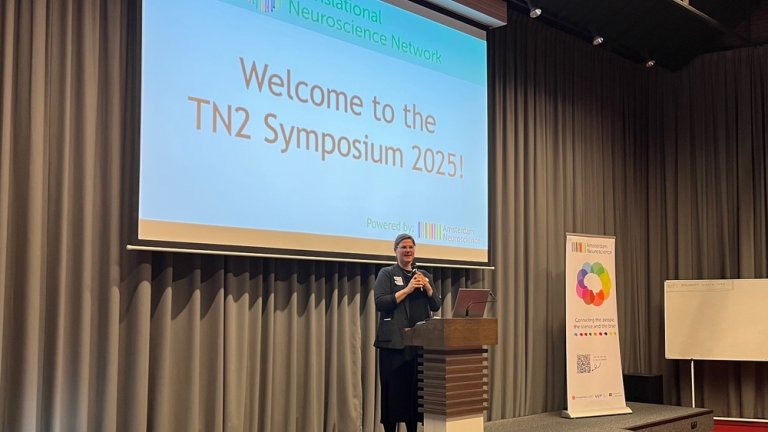
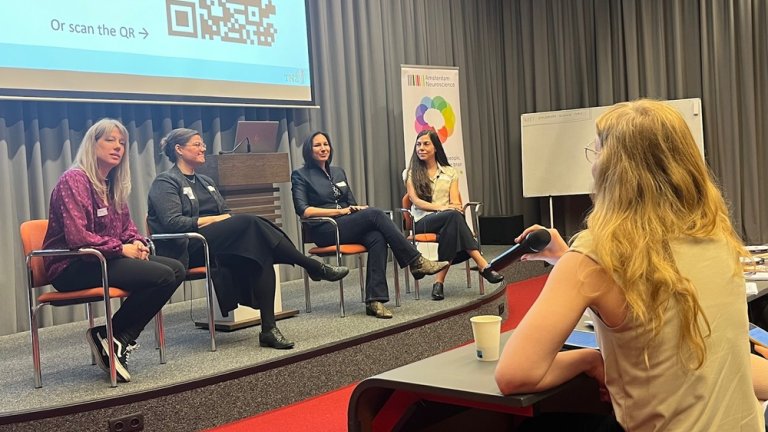

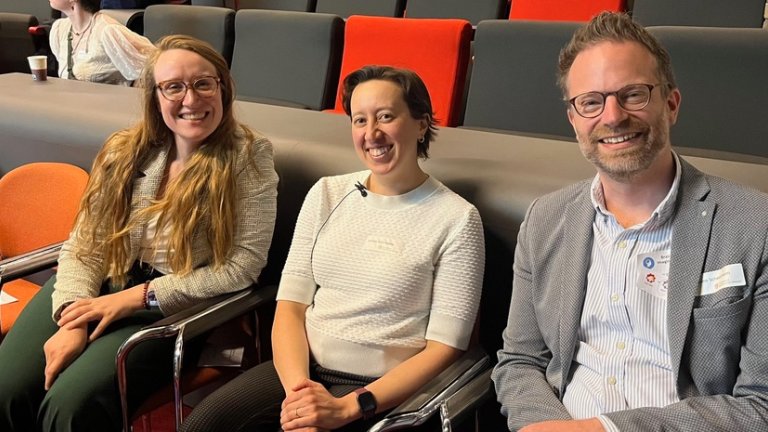

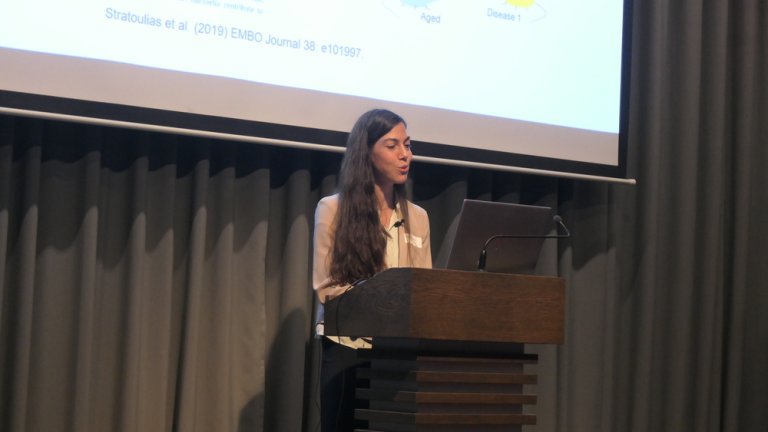
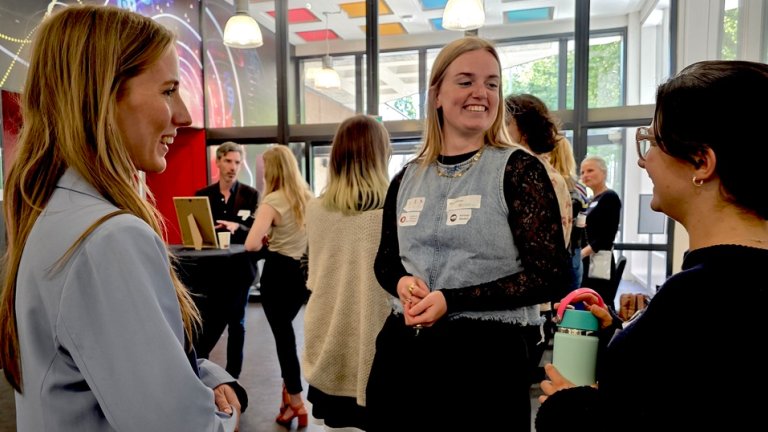
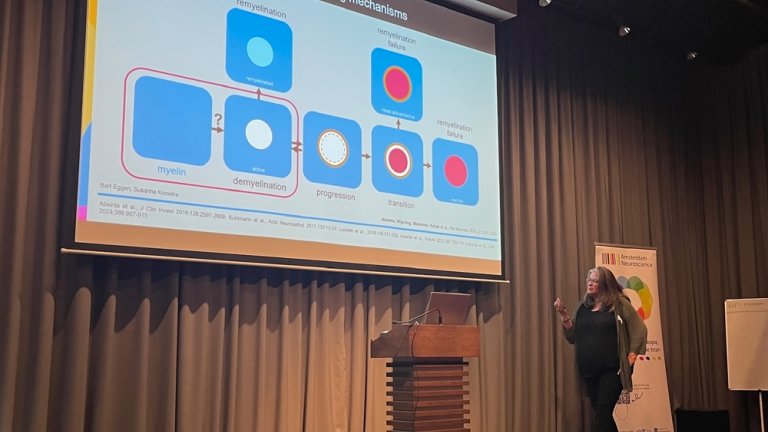
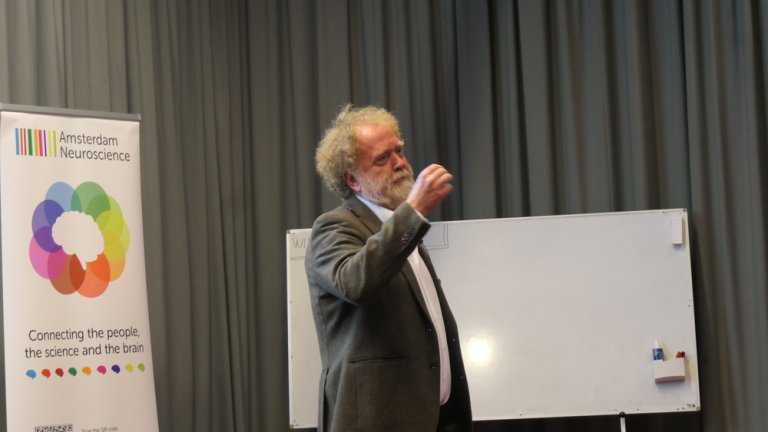
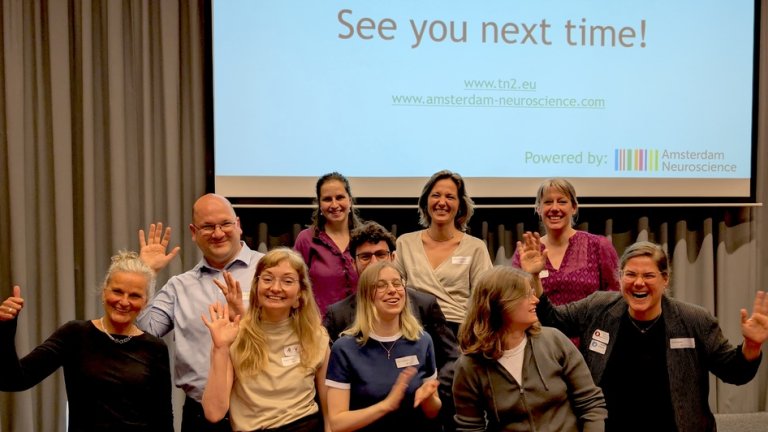
The next TN2 event will be in the morning of June 27th, stay tuned for more info!

